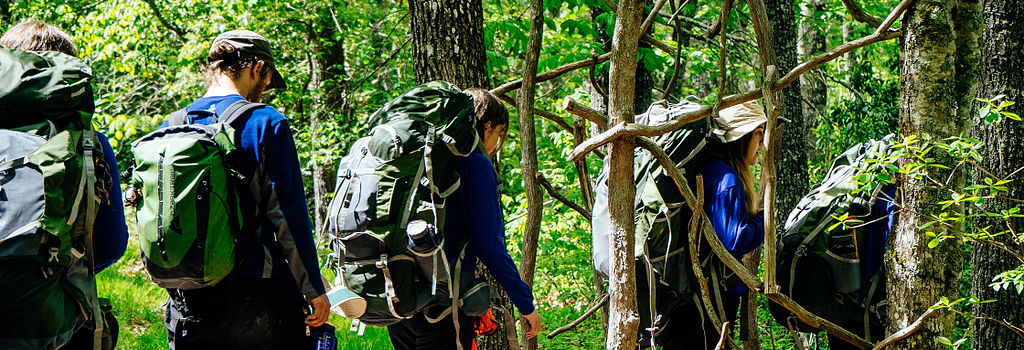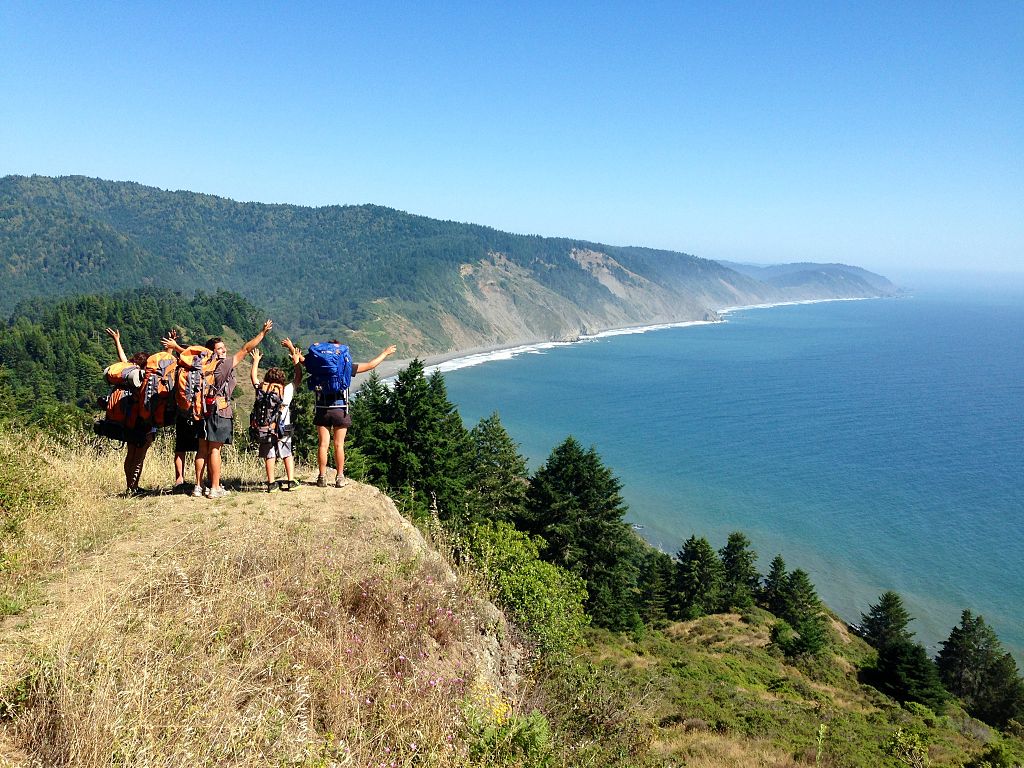The pandemic has put a chokehold on the economy, and with it, travel, business, and virtually every other aspect of modern life. COVID-19 has essentially changed the way we live our lives, forcing us to adapt to new definitions of normal with many limitations.
At the same time, the pandemic has allowed us to view (and travel) the world with an entirely new perspective, one that understands how fragile and fleeting life on Earth can be, and one that recognizes how reckless we have been.
There are many risks involved with traveling right now, like, for instance, landing in Thailand’s Sandbox initiative, and there are many other reasons to want to wait until things clear up to start going places.
Although the term ‘post-pandemic’ seems to be avoiding us, vaccinations and country-wide counter-measures are starting to show us the light at the end of the tunnel.
Pros of Travelling during the Pandemic
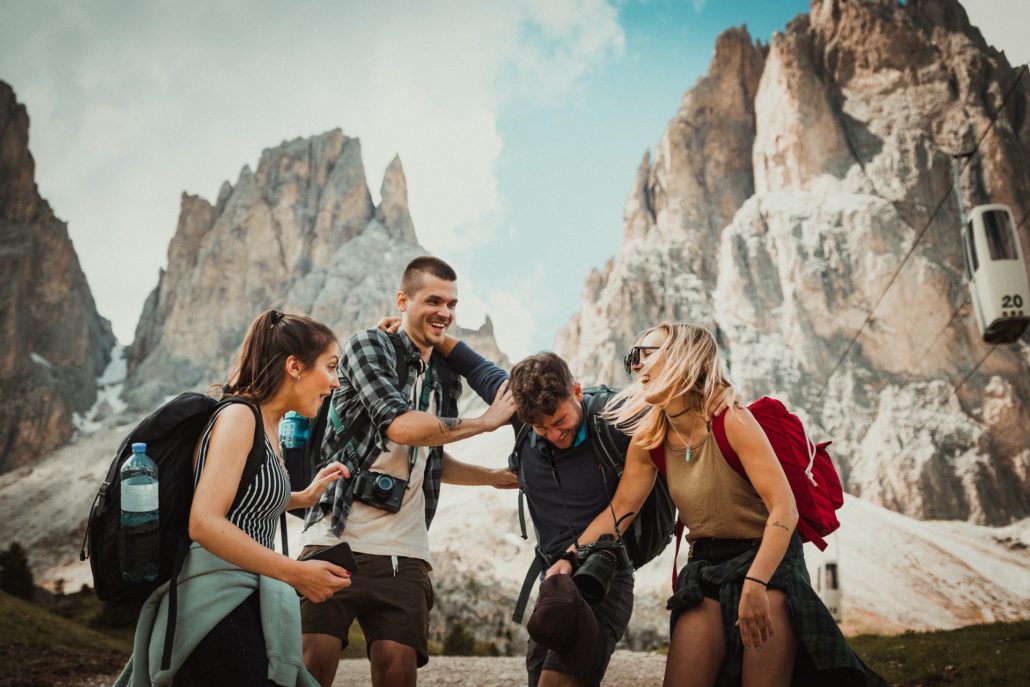
Photo by Felix Rostig on Unsplash
People are very hesitant to travel right now—and with good reason. Although rising vaccination rates and diligent testing has been successfully enforced in many areas, the spread of new virus variants has made people wary of travel.
Since folks are less likely to travel cross-country, standard tourist hotspots are seeing less incoming traffic from foreigners, allowing room for visitors to enjoy and take in the scenery more deeply.
Some of the best options people have right now are to be found locally, but there’s a few reasons why ethically safe travel abroad could be a great option for those looking to feed their travel bug.
Less crowds
Less incoming traffic means more room for travelers to explore and get to know places in an unhurried, leisurely way.
More room for enjoyment
The shift from cross-country international travel to tighter, in-country restricted travel has caused people to adjust by spending more time indulging at their destination throughout their trips, whether it’s art, cuisine, history, or culture.
Not that we didn’t do this before, but now we’re seeing an increase in interest to explore places top to bottom.
Cheaper airfare and accommodations
Less flights going in and out of places means airlines are more likely to give discounts to travelers. Less hotel bookings can also mean more room availability, and therefore better rates and discounted prices for guests.
This has slowly changed as borders open up and more people take to the skies, but there are still many areas where the travel has had a slow start.
Cons of Travelling Right Now

Photo by Uriel Mont from Pexels
This one is pretty obvious, but in case you were wondering what it’s like to travel during the pandemic, here’s what you can expect to find in most countries that are accepting tourists.
Less flexibility
- Curfew in certain areas could mean your nights end at 9PM, that’s a huge chunk of fun in nightly destinations such as Las Vegas or Miami.
- Bars could be closed as part of ongoing countermeasures, backed up by science.
- Certain destinations require incoming travelers to isolate themselves for one or two days after arriving.
- Many attractions, parks, and businesses are operating with limitations or not at all.
More risk
- Risk of flight delays or cancellations
- Risk of higher costs due to testing, delays, or hospitalizations
- Risk of getting infected with COVID
General uncertainty
- Rules may change suddenly
- You can be infected with COVID and be asymptomatic
- Online schedules are at a disarray
Travel Tips During the Pandemic
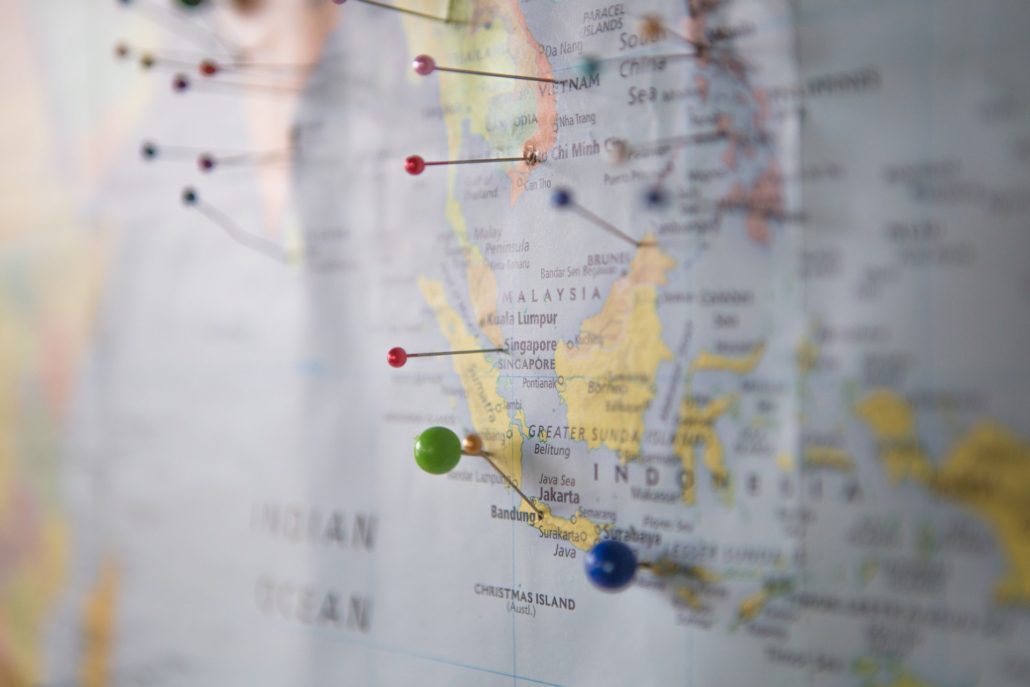
Photo by Capturing the human heart. on Unsplash
Whether or not you decide to travel right now, you should always keep in mind that the pandemic isn’t over yet.
Before booking your flights, make sure you read up on your destination’s current COVID-19 situation and look up any relevant travel authorities for updates on their COVID-19 response so you know what to expect before you arrive.
As a rule of thumb, you should make plans to wear your mask and follow social distancing rules while visiting so that you help keep yourself and others safe during your stay.
There are many reasons to want to wait until things get better to travel, but there are also reasons for traveling right now that have to be acknowledged, like work- or family-related emergencies that require immediate attention.
Here’s a few tips for travelers who decide to postpone their adventures a while longer and some for those who don’t have a choice or just want to get out.
Do Travel (Don’t wait) | Don’t Travel (Wait) |
Research your destination
| Start budgeting early
|
Have a backup plan
| Take time to learn about your destination in advance
|
Keep an open mind | Make plans to fully immerse and enjoy yourself |
Get vaccinated | Research travel credit cards/promotions that help you save on travel costs
|
If you do decide to hop on a plane in the near future, check out the CDC’s travel guidelines page for the latest information and updates to travel recommendations so you’re in the know.
Why Travel Insurance Helps
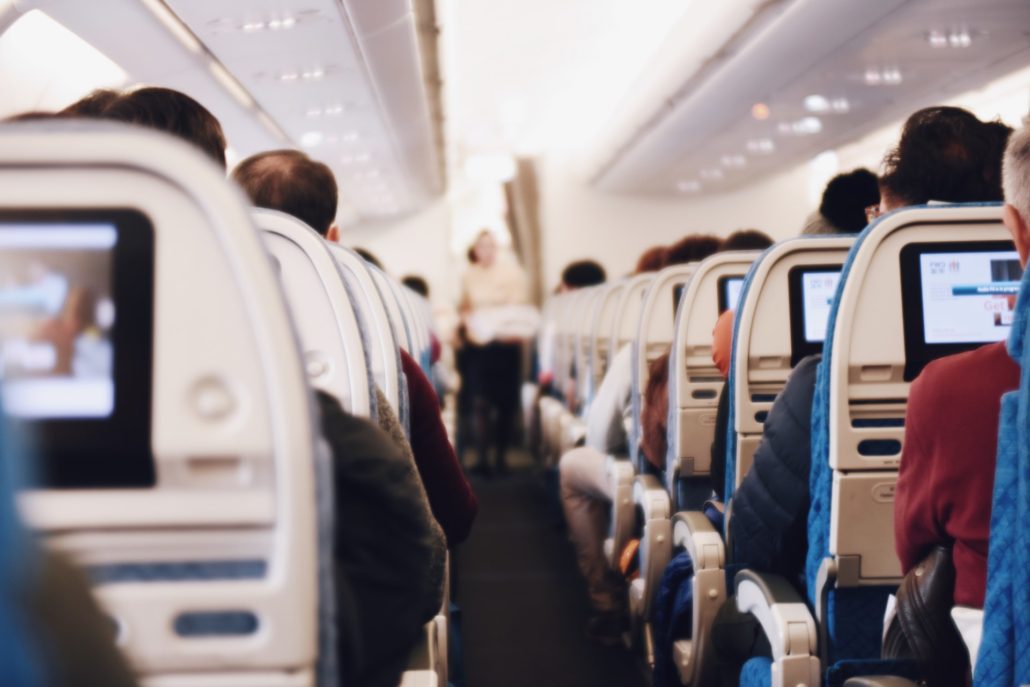
Photo by Suhyeon Choi on Unsplash
With the COVID-19 pandemic, travelers are facing a variety of new obstacles at the airport, as well as in hotels and check-ins throughout their trips.
As part of their COVID-19 safety and security response, some countries, like Thailand, Costa Rica, and Jamaica, are now requiring medical insurance coverage for travelers of up to $100K.
The best insurance coverage will provide you with a safety net that can protect your investment from the unexpected. As part of your insurance policy, you should expect coverage in the following areas:
- Trip Cancellation
- Delays
- Baggage Loss
- Hospitalizations
- Quarantines
Note: not all countries require hospitalization coverage, but having a solid backup plan can be useful in case a sudden outbreak pulls down the curtain on your plans.

